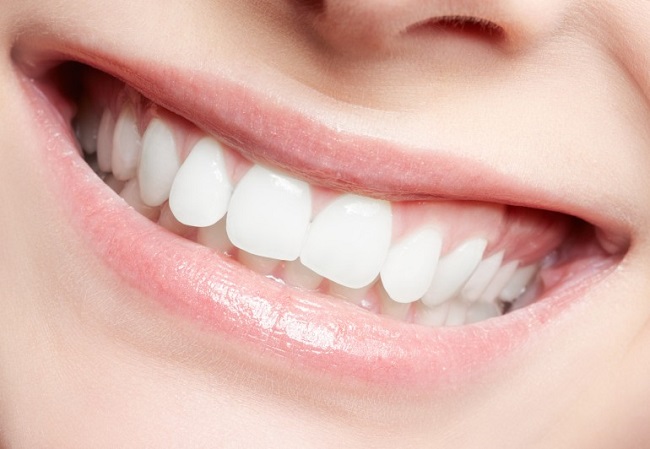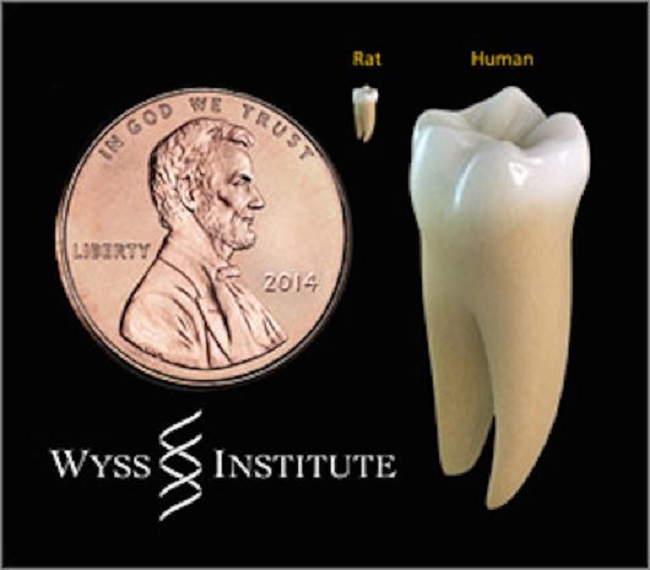
Much like Floyd Mayweather, genetics is a tough opponent to beat. You may prolong the match, but eventually those 12 rounds will come to an end and you’ll find yourself defeated. Some unfortunate folks find themselves in a similar match with the genetics governing their teeth; regardless of how much preventative care (training) they undergo, genetics (Floyd Mayweather) always wins and teeth rot; at least until the near future. Researchers led by David Mooney, Professor of Bioengineering at Harvard's School of Engineering and Applied Sciences (SEAS) from Harvard’s Wyss Institute, are the first to successfully trigger dental stem cell regeneration using low-power light a.k.a. “fricken lasers!”
Using a low-power laser, the researchers activated the formation of dentin, the hard tissue making up one of the four components in teeth. Low-light laser therapy has been employed by doctors to stimulate skin cell growth and hair follicle regrowth since the late 1960s, but the molecular forces at work have never before been documented before now. Understanding these mechanisms is key in establishing a foundation for controlled treatment protocols that may someday be used in dermal and bone regeneration.

Contemporary regeneration methods involve isolating the body’s stem cells, applying regulatory proteins called growth factors to transform them into a different cell type before reintroducing them in to the body. By contrast, Mooney’s low-light technique is a far enough stretch to avoid the innumerable regulatory and technical obstacles normally associated with stem cell research. “Our treatment modality does not introduce anything new to the body, and lasers are routinely used in medicine and dentistry, so the barriers to clinical translation are low,” said Mooney, “it would be a substantial advance in the field if we could regenerate teeth rather than replace them.”

To test the hypothesis, the study’s leading author, dentist and Ph.D Praveen Arany, drilled holes in the molars of lab rats, then treated the tooth pulp (which contains adult dental stem cells) with low-dose lasers. 12 weeks later, the temporary caps placed over the holes were removed and high-resolution x-ray imaging and microscopy confirmed that the laser triggered enhanced dentin formation.
Subsequent experiments that were conducted on microbial cultures revealed that a regulatory protein called transforming growth factor beta-1 (TGF-β1) was activated upon contact with the laser, triggering the formation of the dental stem cells that would eventually grow into dentin. The breakthrough here is that TGF-β1 universally prevalent in the human cells, playing an important role in a wide variety of biological processes including healing, development, and immune response. Manipulating this molecule with laser can create an abundance of whatever stem cell is needed — far more than simply repairing teeth.
Moving on to human test subjects is the next step of the research, but Mooney and Arany must first establish a set of safety and efficacy parameters with the National Institute of Dental and Craniofacial Research (NIDCR) before they can do so.
Via Harvard.edu, Gizmag
Advertisement
Learn more about Electronic Products Magazine





